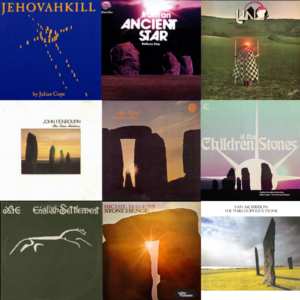In Ancient Times
I’ve been thinking of putting together a post about ancient & megalithic sites on album sleeves for a little while now, and with all the #topnine posts appearing on social media in recent weeks it seems like the perfect time to compile a Top Nine of the best & most well-known. There weren’t too many that I could think of initially, and given that stone circles & ancient monuments in general are such potent symbols of the mysterious nature of our pre-history, along with the obvious ‘rock’ music connection, it’s surprising that they haven’t been used more often. Suggestions for more examples are more than welcome. Anyway, here are nine of the best…
The idea initially came from a Graham Bond album I picked up a few months ago, entitled ‘Holy Magick’ – so that’s the first one to make the list. The photo of Stonehenge on the cover shot immediately reminded me of The Richie Havens album, ‘Stonehenge’, released a year earlier, in 1969, so that’s the second. And from the world’s most famous megalithic site we move to one that is perhaps less well known but certainly one of the most celebrated in stone-loving circles; Callanish I, on the Isle of Lewis in the Outer Hebrides. The monument makes an appearance here courtesy of that Doyen of Dolmens and all things megalithic, Julian Cope, whose 1992 album ‘Jehovakill’ features a stylised yellow & blue image of Callanish I. It can be no surprise that Julian Cope has often given sleeve-space to standing stones, including for the albums Rite (1 & 2), Interpreter and Peggy Suicide.
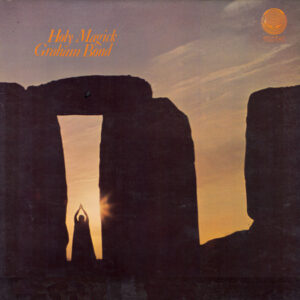
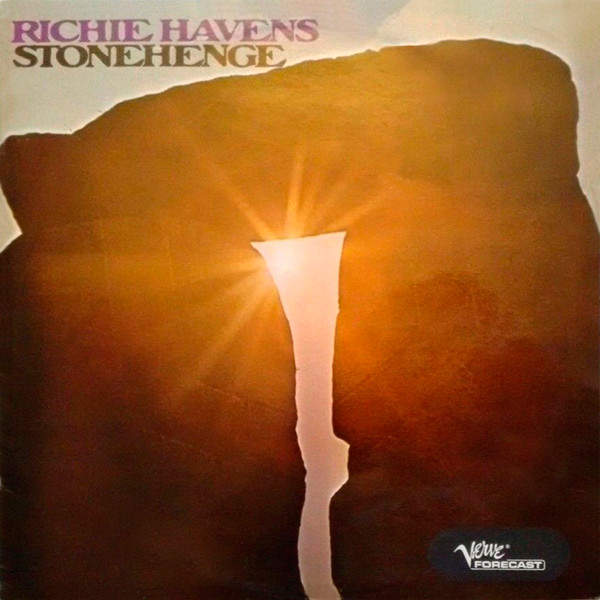
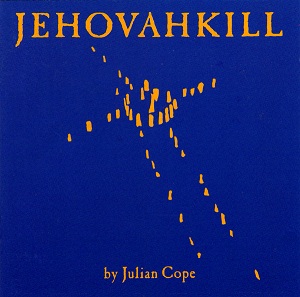
Two more Scottish stone circles to feature on record sleeves include The Stones of Stenness and the Ring of Brodgar, both located in Orkney. The former appears on Van Morrison’s 1998 LP ‘The Philosopher’s Stone’, and the latter on the John Renbourn album ‘The Nine Maidens’ (1985) – so the actual Nine Maidens circles in Cornwall and Derbyshire obviously didn’t pass their auditions. And if you had to name two record labels that would seem the most likely to depict a stone circle on any of their releases, Trunk and Ghost Box would probably be near the top of the list. It would be remiss of the 2022 release of Sidney Sager’s soundtrack to the classic 1977 TV series ‘Children of the Stones’ not to feature some standing stones, and Trunk Records duly oblige. As for Ghost Box, they make an appearance in the top nine courtesy of the striking Julian House cover for the Belbury Poly album, ‘From An Ancient Star’.
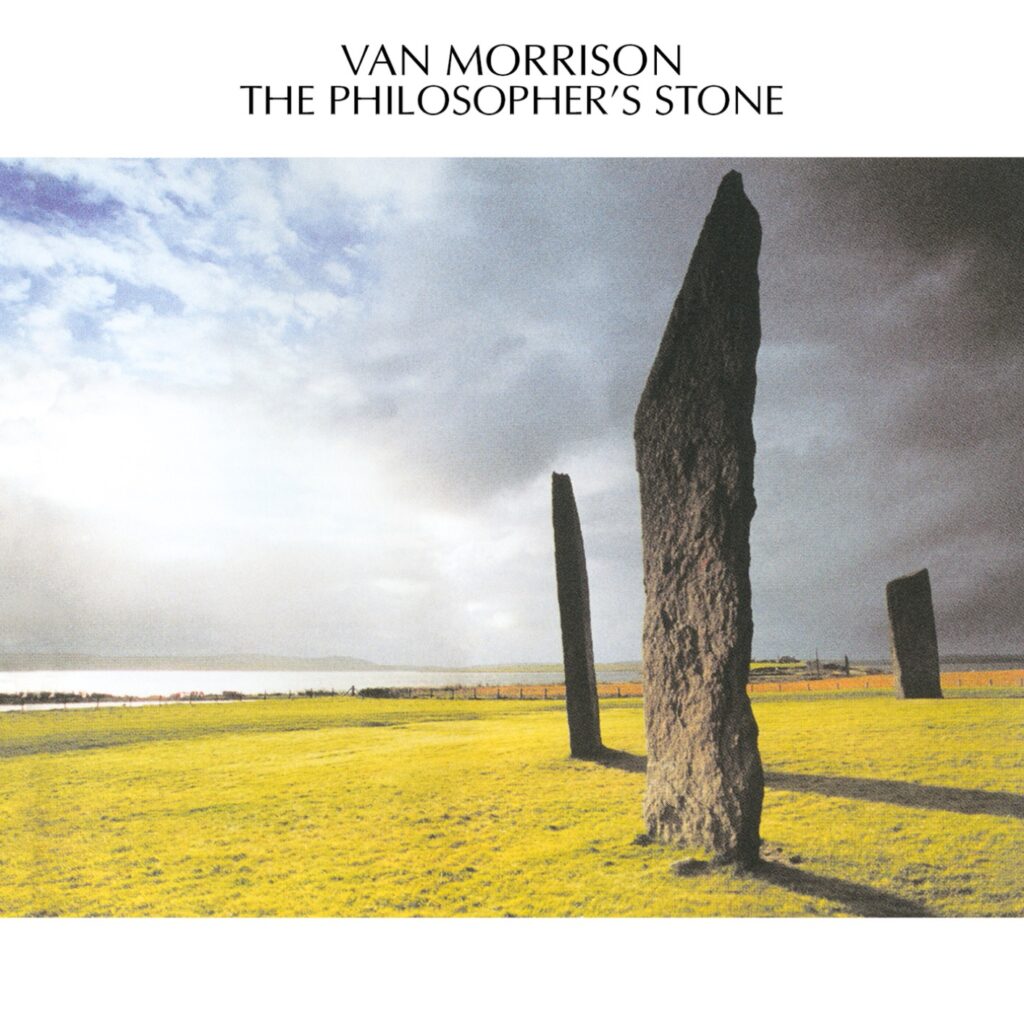
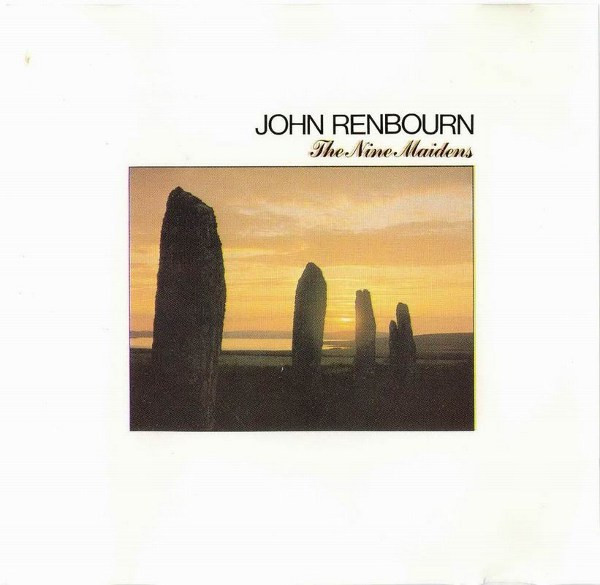
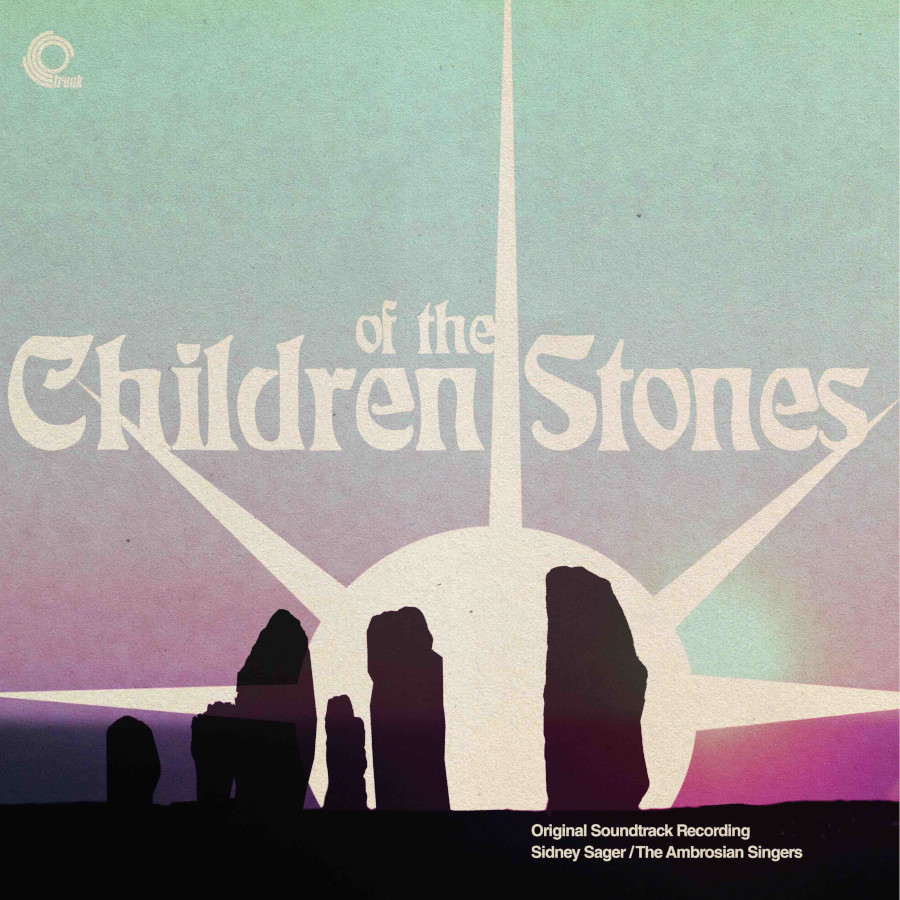
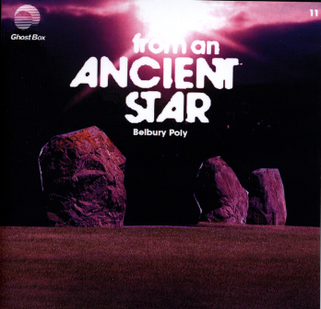
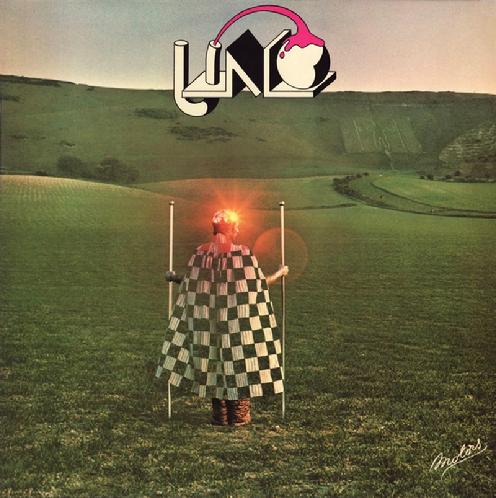
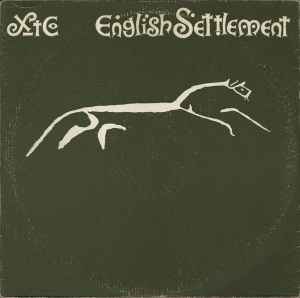
Next up we pay homage to two of the most well-known and well-loved hill figures of the British Isles. The first of those is an old fellow who patrols the South Downs, The Long Man of Wilmington. He, or possibly she, appears here courtesy of Italian progressive rock band, Uno, with their self-titled debut, released in 1974. Oddly enough, the UK release features completely different and vibrantly psychedelic sleeve art, but the European versions were adorned with a classic example of a Hipgnosis image – the Long Man standing proudly in the distance, whilst in the foreground stands a figure in reflective helmet and semi-transparent cloak, holding a pole in each hand, staring back at him, the future coming face to face with the past.
Finally, we shift from man to horse, the White Horse of Uffington to be precise.
Of all the albums and ancient sites on the list, this is perhaps the only case where the sleeve image might be more closely associated with the band or artist than the actual site itself. The album in question is ‘English Settlement’, and the band are XTC. Originally released as a double album in 1982, with the famous white horse taking centre stage on the cover, it has become a favourite among XTC fans, to the point where that one image has become synonymous with the band. I have an Uffington White Horse t-shirt and have on several occasions received words of approval from fans of XTC, who assume that I’m a fan of the band too. I am as it happens, but that’s not necessarily the reason I have the T-shirt; we lived close to White Horse Hill in my early years and the image of the horse, and the area in general, has a personal significance, so you could say that I’m more a fan of the site itself. And perhaps that’s another niche uncovered – if there are fans of specific stone circles, dolmens, burial chambers and hill figures, to broadcast the fact maybe they will start wearing T-shirts emblazoned with Stonehenge, Avebury, the Rude Man of Cerne Abbas, the Rollright Stones and the like. They could even have Tor dates on the back. (Ouch).
